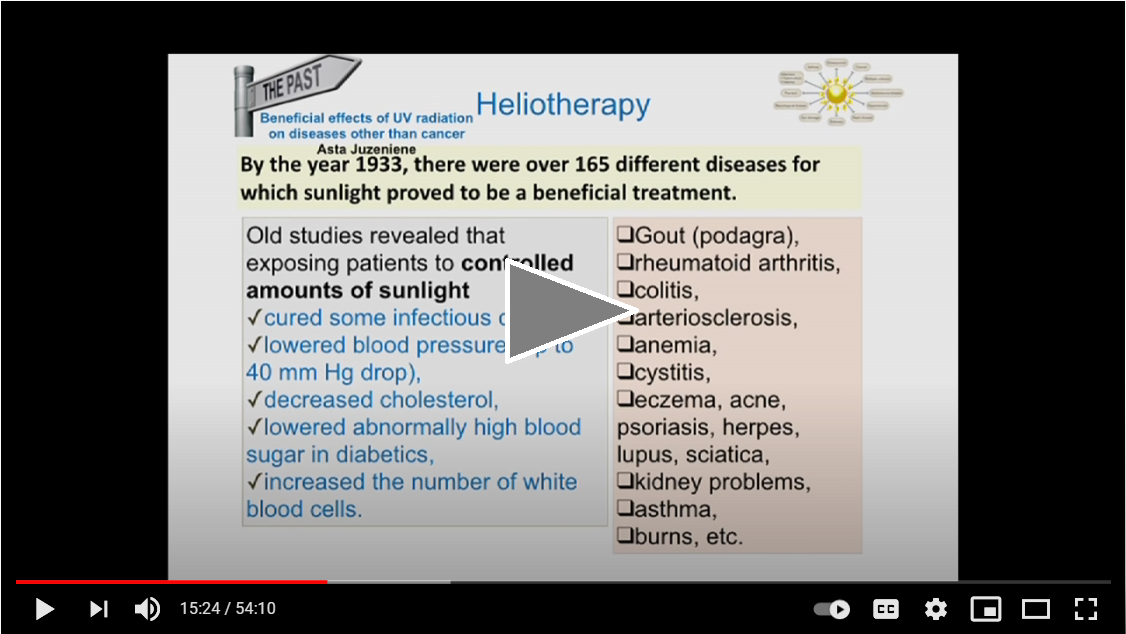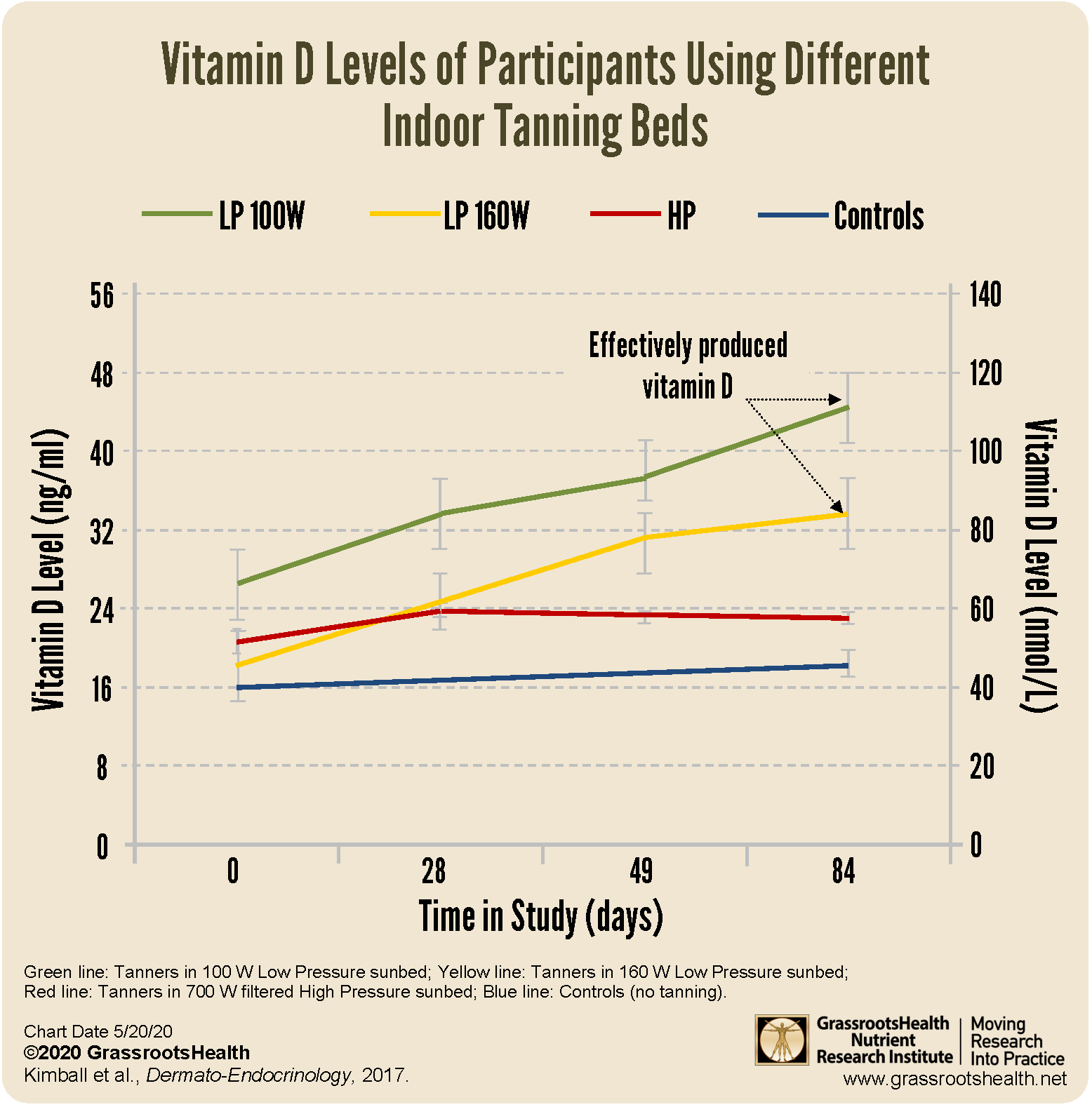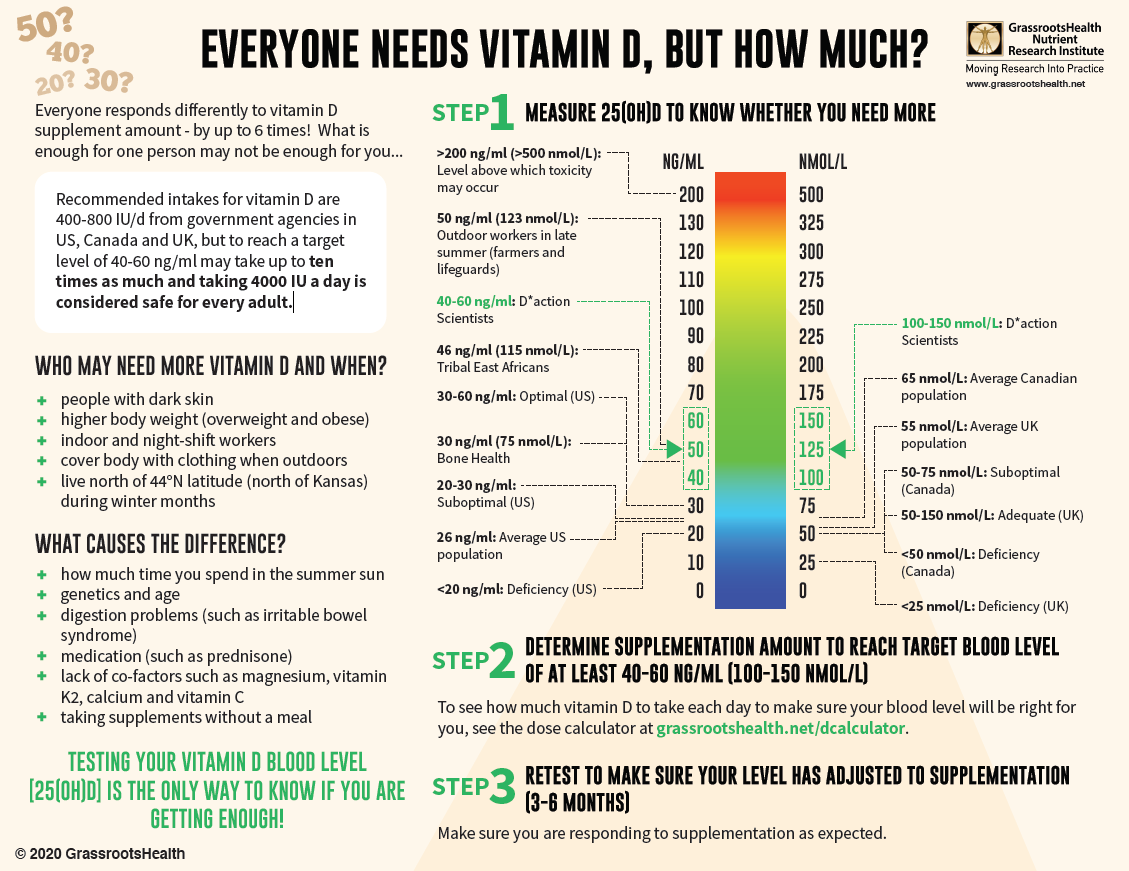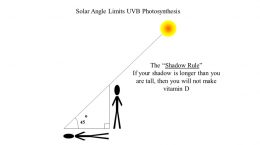Published on May 21, 2021
Demonstrated by history and proven through research: Indoor UV devices can be an effective tool to boost vitamin D levels and improve certain health conditions
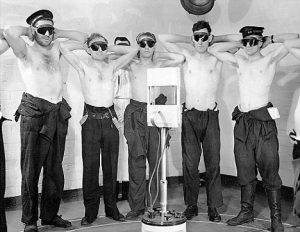 The sun is meant to be our main source of vitamin D. Unfortunately, most of us do not get the amount of midday sun exposure required to get adequate amounts of vitamin D from the sun. On top of that, during the winter months at latitudes above ∼35°, there is minimal, if any, vitamin D3 production in the skin from sun exposure.
The sun is meant to be our main source of vitamin D. Unfortunately, most of us do not get the amount of midday sun exposure required to get adequate amounts of vitamin D from the sun. On top of that, during the winter months at latitudes above ∼35°, there is minimal, if any, vitamin D3 production in the skin from sun exposure.
What can be done during the winter months, or when going outside at midday is not an option for you? What methods have been implemented historically to combat vitamin D deficiency diseases and ensure healthy levels of vitamin D year-round, and should these methods be re-implemented today?
Sunlight and Your Health: An EnLIGHTening Perspective
Michael F. Holick, PhD MD, Boston University Medical Center, for over the past five decades, has been a major scientific contributor in the areas of vitamin D, skin disease, hair research, cancer research, metabolic bone disease, evolutionary biology, disorders of collagen metabolism and calcium metabolism. His research on how time of day, season, latitude, altitude, skin pigmentation and sunscreen use influences the sun’s ability to produce vitamin D3 in the skin has led to the development of the app dminder.info that provides global recommendations for sensible sun exposure.
In this recorded seminar lecture titled Sunlight and Your Health: An EnLIGHTening Perspective, Dr. Holick gives an energetic talk on the positive impacts of sunlight and UV exposure on our health. How can we balance current thinking on the negative effects of sun exposure with new research on its benefits? How do sunlight and other UV devices help in the production of vitamin D, and how have they been used throughout history to help prevent and cure diseases? Listen in for several ways throughout history that vitamin D deficiency was combatted through the use of sunshine, artificial UV devices, and food fortification – and see how published studies are now verifying the need for and efficacy of utilizing these methods to help boost vitamin D levels and avoid deficiency.
Indoor UV Devices Can Help Keep Vitamin D Levels on Track when Sunshine is Not an Option
As Dr. Holick explains in the video above, history demonstrates that natural as well as artificial sunlight can act as a major interventional tool to help prevent and heal devastating diseases. In fact, before antibiotics, the medical community embraced phototherapy as the state-of-the-art treatment for a variety of ills. Phototherapy is still used to today to treat conditions such as eczema, psoriasis, jaundice, mood and sleep disorders, and some cancers – and vitamin D deficiency.
In a study published to address the use of indoor UV sources to produce vitamin D, Dr. Holick concluded that exposure to lamps that produce UVB radiation are an excellent source for producing vitamin D3 in the skin.
For this study, fifteen healthy adult participants were exposed to 0.75 minimal erythemal dose (MED) three times a week. One MED of UVB, the amount of UV radiation that will produce minimal redness or sunburn, is roughly equivalent to ingesting between 10,000 and 25,000 IU of oral vitamin D.
Using the Fitzpatrick classification of skin phototype, Dr. Holick found that healthy adults with skin type 2 (fair, burns easily) and skin type 3 (darker white skin, tans after initial burn) experienced dramatic improvement in vitamin D status after exposure to UVB radiation in a commercial tanning bed. After 1 week, vitamin D levels had risen by 50% and continued to rise over 5 weeks to approximately 150%. After 5 weeks, vitamin D levels plateaued and were sustained until week 7.
Different Types of Indoor UV Give Different Results
When considering using a source of artificial UV light, it is important to be aware of the type of UV, its safety, and the physiological effects it may produce, especially in terms of vitamin D.
A study by Kimball et al. (2017) on sunbeds and vitamin D in Canada found that individuals following standard sunbed tanning protocols in a typical tanning salon can achieve physiological levels of vitamin D when the sunbed emits UVB light in the range equivalent to outdoor summer sunshine, which most sunbed lamps do. More than 75% of all four study groups were considered vitamin D deficient (<30 ng/mL, or <75 nmol/L) at the start of the study, in the wintertime.
As shown in the chart above, vitamin D levels increased by an average of 17 ng/ml (42 nmol/L) in participants using sunbeds that used 100W and 160W fluorescent bulbs with 2.2% and 4.2% UVB. Vitamin D levels continued to increase after a base tan was achieved, all the way to the end of the 12-week study, with no adverse events or skin burns reported. This study supports the use of artificially derived UVB light to raise serum vitamin D levels when the UV index of the sun is low, especially in the winter months of northern countries.
Are there other indoor UV options available?
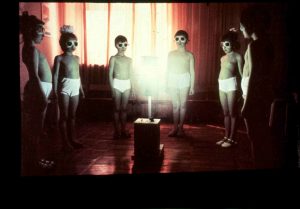 Indoor sun and UVB lamps and bulbs are also available and effective at helping to boost vitamin D production in the skin. Be mindful that some of these lamps may only offer UVB and no UVA exposure, so vitamin D may be produced with exposure, but not nitric oxide, and the full benefits of sunshine may not be achieved.
Indoor sun and UVB lamps and bulbs are also available and effective at helping to boost vitamin D production in the skin. Be mindful that some of these lamps may only offer UVB and no UVA exposure, so vitamin D may be produced with exposure, but not nitric oxide, and the full benefits of sunshine may not be achieved.
Guidelines for Safe Use of Sunbeds from Health Canada
If considering using indoor tanning options, such as sunbeds, do your research and be sure to follow safety guidelines, such as those set by Health Canada.
- Look for, read, and follow the warning and technical labels on the equipment. Labels tell you the recommended time you should be exposed each session (the time will vary, in part, depending on your skin type).
- Talk to the salon operator about your skin’s sensitivity and your ability to tan.
- Do not go over the recommended time in a tanning session for your skin type.
- Do not use tanning lamps more often than is prescribed for your particular skin type.
- Always wear the safety eyewear that is recommended for the type of lamp you are using.
- Allow at least 48 hours between each tanning session. This will give your skin a chance to repair some of the damage from the UV rays and may slow down the aging effects caused by the exposure.
- Report any side effects (like sunburn or itchiness) to the salon operator. In cases of severe sunburn, see your health care provider.
Practicing safe sun exposure is a natural way to increase your vitamin D levels. As reviewed above, studies have shown that you can also reach recommended vitamin D levels (>40 ng/ml or >100 nmol/L) using indoor UVB options and following time exposure guidelines for your skin type without adverse events. In fact, these options may even be preferred among individuals who may not respond as well to supplementation, such as those with digestive conditions or on certain medications that may inhibit absorption.
Should You be Getting More Vitamin D?
With almost 90% of the general population having vitamin D levels below the recommended 40-60 ng/ml (100-150 nmol/L), it is obvious that most people need more vitamin D. While most of us cannot achieve a vitamin D level of 40-60 ng/ml from sun alone, either due to our lifestyle, where we live, or other circumstances, we can certainly reach those levels with the right amount of supplementation.
Below is a guide for how much you might need, and who may need more. Your levels can be tested safely at home – order your home test kit today.
By joining the GrassrootsHealth projects, you are not only contributing valuable information to our study, but you are also gaining knowledge about how you could improve your own health through measuring and tracking your nutrient status, and educating yourself on how to improve it. Do you know what your status of vitamin D, omega-3s, and other essential nutrients is? Could your levels be improved? Test now to find out!
 We now have a NEW GIFTING SERVICE that allows you to quickly send ‘Gift Cards’ to friends, family and coworkers who you consider might need immediate access to testing, and to Claim the Joy of Your Health TODAY. Give the gift today!
We now have a NEW GIFTING SERVICE that allows you to quickly send ‘Gift Cards’ to friends, family and coworkers who you consider might need immediate access to testing, and to Claim the Joy of Your Health TODAY. Give the gift today!


